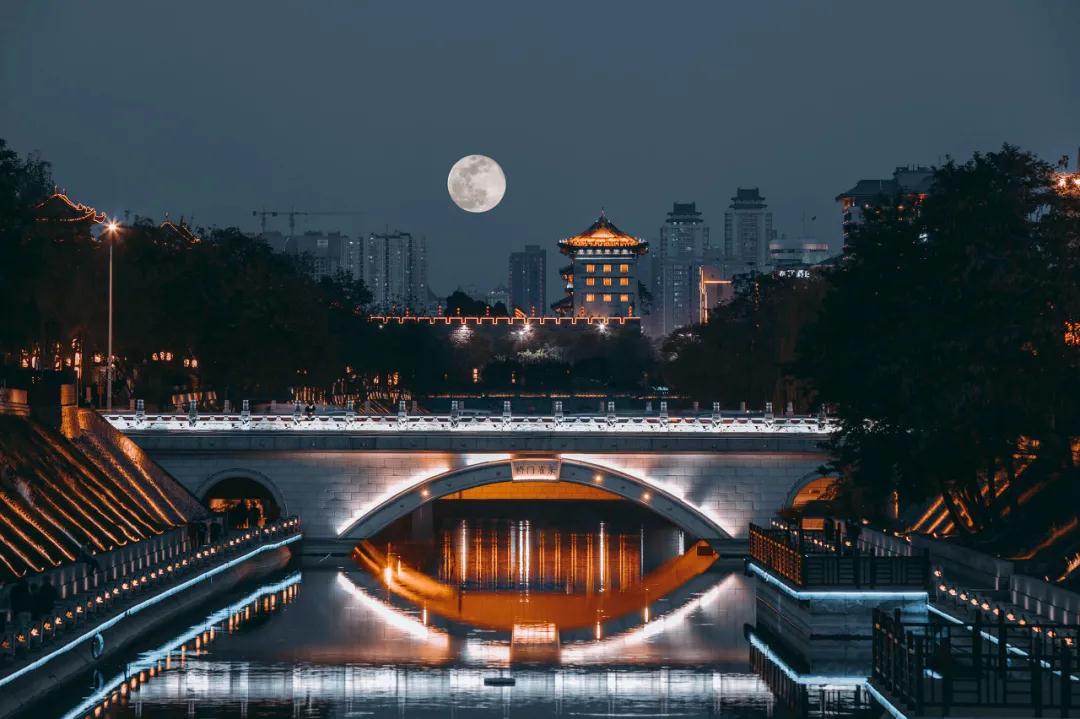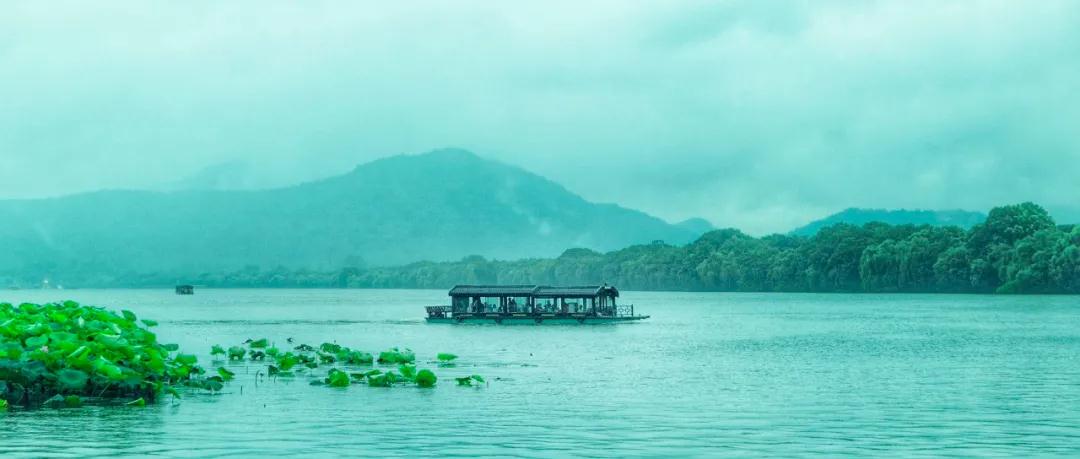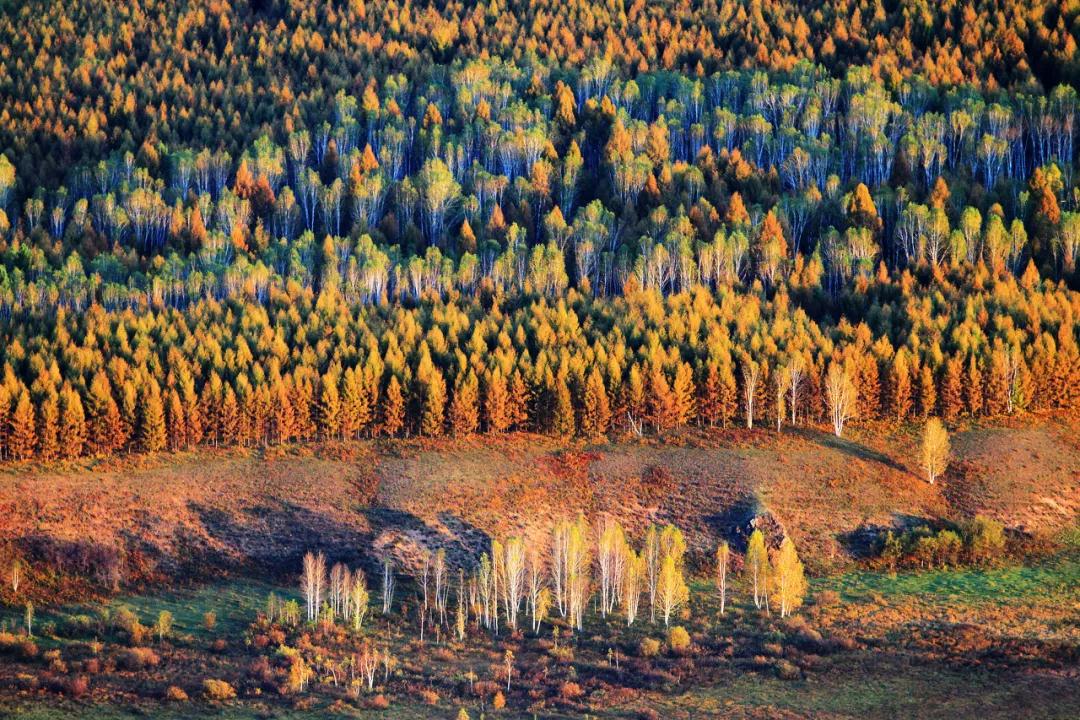Best destinations to enjoy an early autumn break (I)
Writer: Chen Xiaochun | Editor: Stephanie Yang | From: Shenzhen Daily | Updated: 2021-08-23
Fancy an early autumn break? With fresh and cool weather, September is a great time to get away. It’s generally a better value and less crowded than during high summer, and an ideal opportunity to enjoy some peace and quiet before the National Day holiday travel peak begins.
Appreciate the moon on Xi'an City Wall

Xi'an, an ancient city with a history spanning more than 3,000 years, was the seat of 13 ancient dynasties. Its ancient city wall, built in the early Ming Dynasty (1368-1644), is among the oldest and best preserved city walls in China and one of the largest ancient military defense systems in the world.
Construction on the existing wall started during the Ming Dynasty in 1370. It encircles 14 square kilometers of the city. After the establishment of the Ming Dynasty by Zhu Yuanzhang, work began to enlarge the original wall that was built in the Tang Dynasty (618-907), creating the modern Xi'an City Wall as we know it today.
Every year the Mid-Autumn Festival gala on top of the city wall becomes a highlight of the traditional Chinese festival of this city. Appreciating the moon with the red lanterns on the ancient wall may give you a different feeling. This year, maybe due to the pandemic, the details of the gala are yet to be released.
Enjoy osmanthus fragrance in West Lake

Every year, when the August of the lunar calendar approaches, the sweet osmanthus also welcomes its blooming season and gives off a powerfully fragrant scent. From the occasion of its timely blossoming, the sweet osmanthus is closely associated with the Chinese Mid-Autumn Festival.
Sweet osmanthus, an evergreen tree native to China, has been grown in China for about 2,500 years. It was chosen as the city flower of Hangzhou (one of China’s five osmanthus producing areas) in 1984.
The Hangzhou West Lake Osmanthus Festival lasts more than one month and is usually held near the National Day holiday. However, in early September, the sweet osmanthus already starts to blossom in Manjuelong Village. So you can choose a weekday time to enjoy this intoxicating fragrance on your own.
Since ancient times, people that have visited West Lake have left countless poems, songs and legends, and have given names to every spot around the lake. The beauty of West Lake is mesmerizing: Pagoda-topped hills rise over willow-lined waters as boats drift slowly through a idyll of leisurely charm.
To enjoy the charm of the lake, you can start from the Broken Bridge. Located in the eastern end of the Bai Causeway in Hangzhou West Lake, it is the most well-known bridge among numerous big or small ancient and modern bridges in the West Lake.
From Broken Bridge, you can walk along Beishan Road on the lakeside to reach the Bai Causeway. If you still have energy and time, you can climb the Baoshi Mountain to overlook the West Lake and enjoy the sunset view.
Cross the Greater Khingan Range

The Greater Khingan Range is a volcanic mountain range in Northeast China known for its beauty. The range — 200-300 kilometers wide — starts from the banks of the Heilong River in the north to the upper reaches of the Xilamulun River in the south, running 1,200 kilometers in a northeast-southwest direction. The range scenery is reputedly at its best in autumn, with a colored forest and clear sky.
You can depart from Hailar in Inner Mongolia and travel northward all the way to cross the Ergun Wetland Protection Zone and Genheyuan National Wetland Park. On the left side you will hear the hundred-year-old gold rush legend of the Russian ethnic group, while on the right side you will see the footprint of the Ewenki ethnic group.
Deep into the Yike Sama and the Moer Daoga national forest parks, the bumpy earth road leads to the edge of the primitive forest.
Self-driving has become a traditional way to explore the forest, but by river drifting and train riding through the forest, you may see it from a new angle. From the lush greenery of spring and summer, to the colorfulness of autumn and the pure white of winter, the Greater Khingan Range never lets you down.